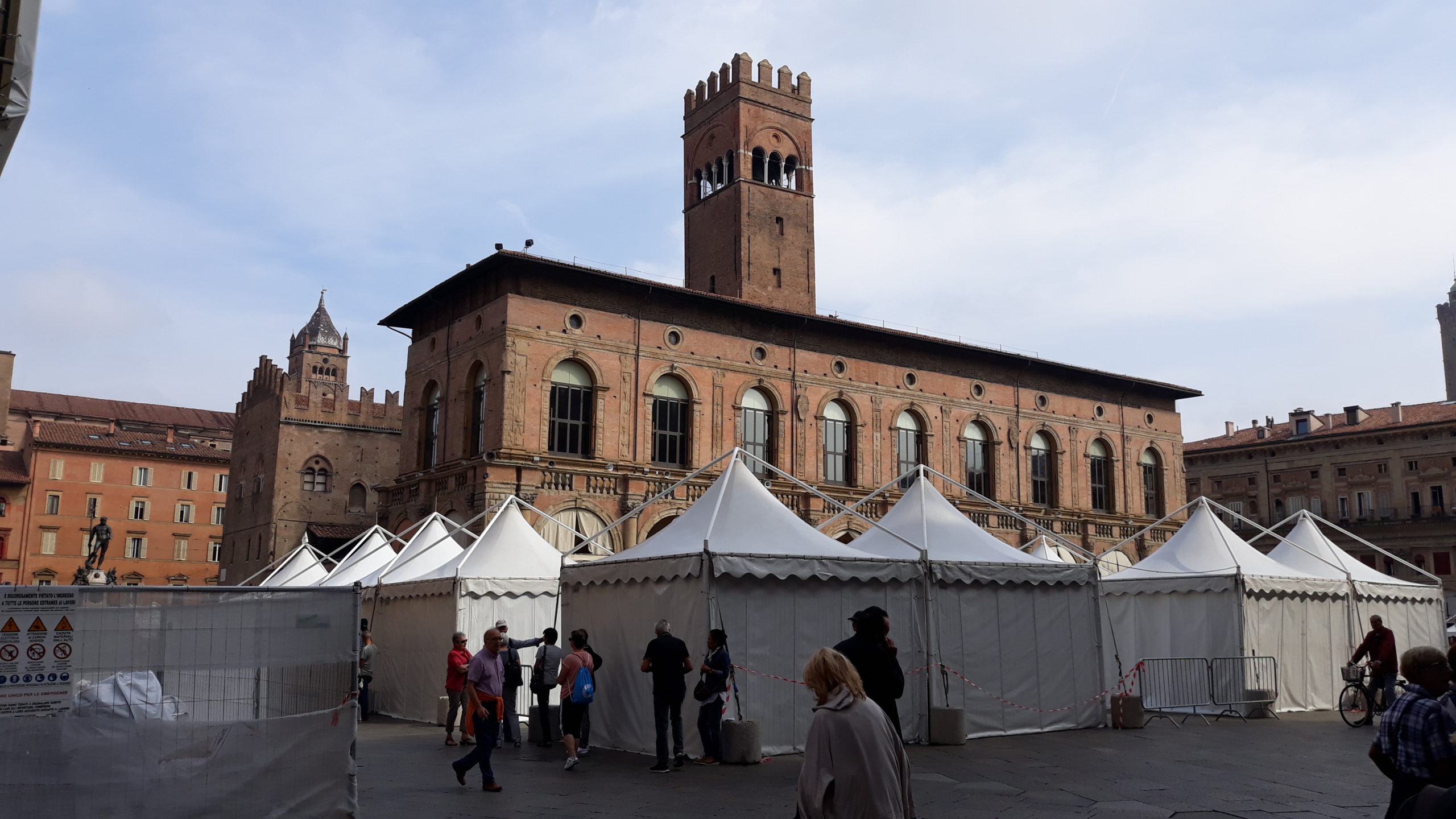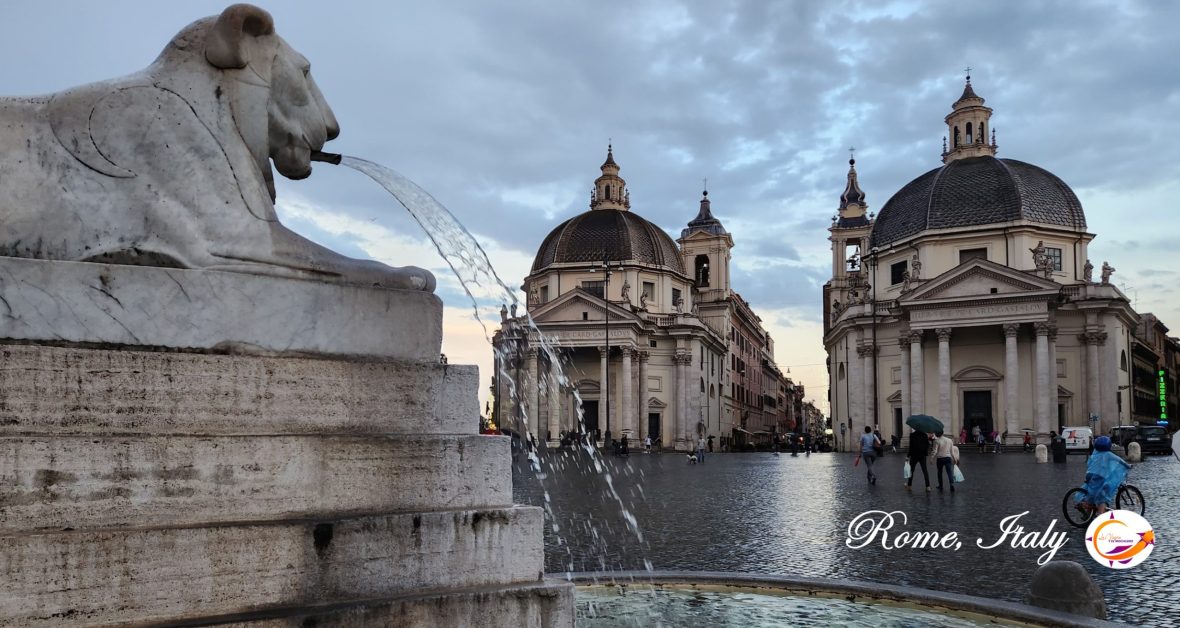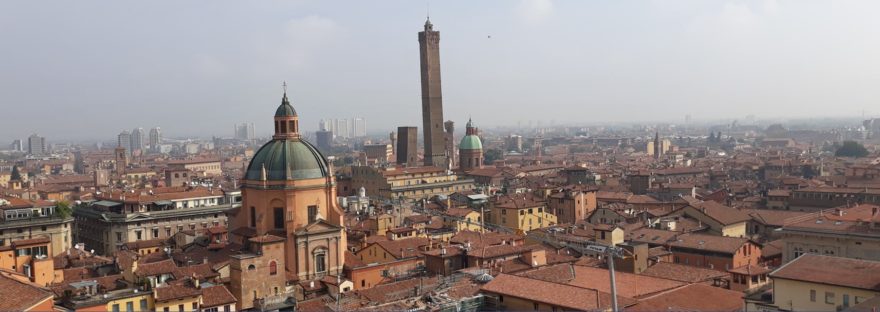In the Emilia-Romagna region of northern Italy, is the city of Bologna, which is also the capital of the region. Named by the European Union as the European Capital of Culture for the year 2000, Bologna is undoubtedly a city of the highest order. When strolling through the city you can see why the distinction was given.

In its “Piazza Maggiore” we find many examples of the culture of Bologna, embodied in its buildings. Some examples of notable structures are the “Palazzo dei Notai” and the “Palazzo del Podestà”.
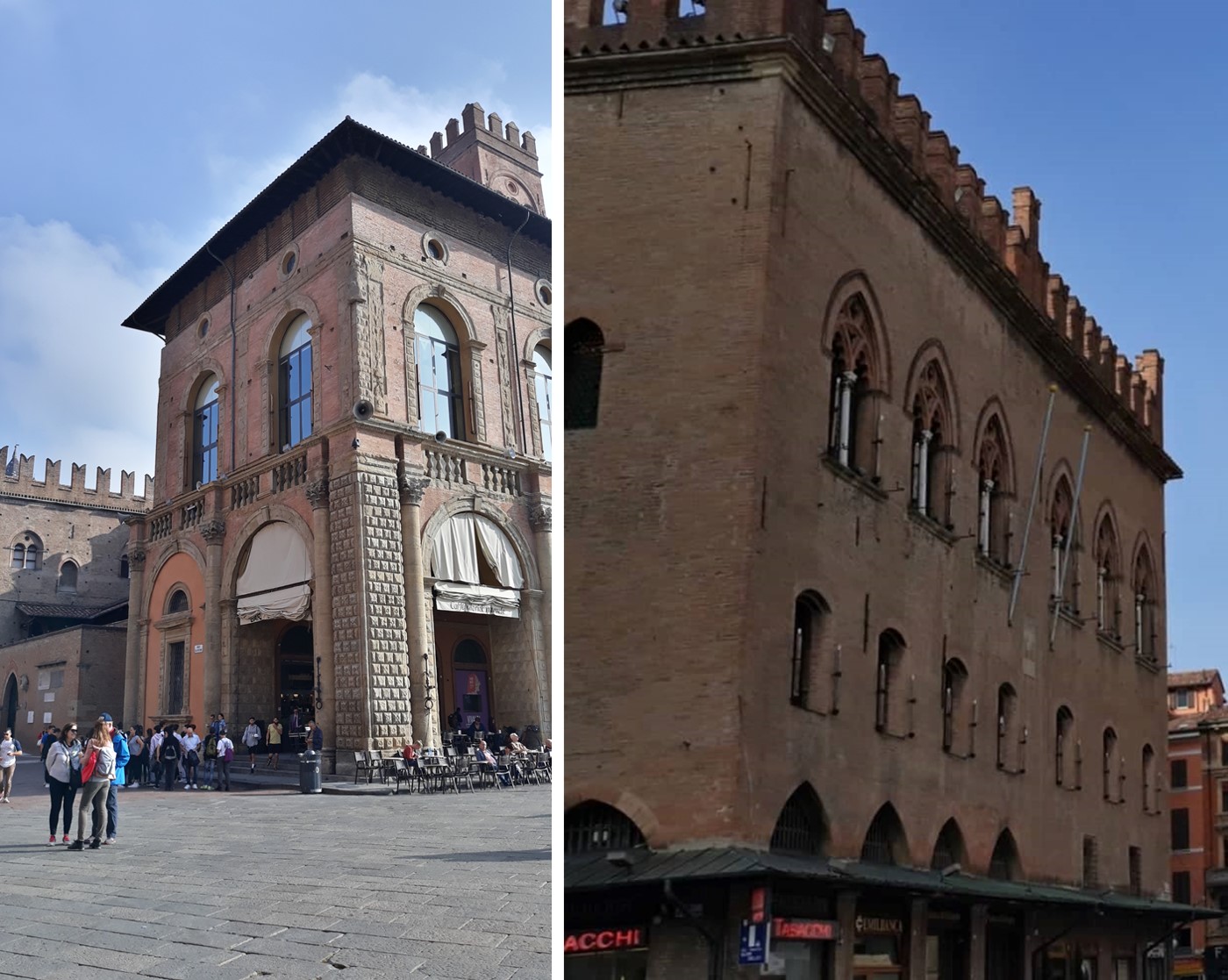
The “Palazzo dei Notai” accompanies the “Basilica di San Petronio” on the south side of the “Piazza Maggiore”. It was built in 1381 by the Notarial Society to serve as its headquarters. It was expanded in 1437 and in 1908 it was completely restored. Although it does not have a large size, compared to other buildings that are located in “Piazza Maggiore”, the City Council still maintains some offices in it.
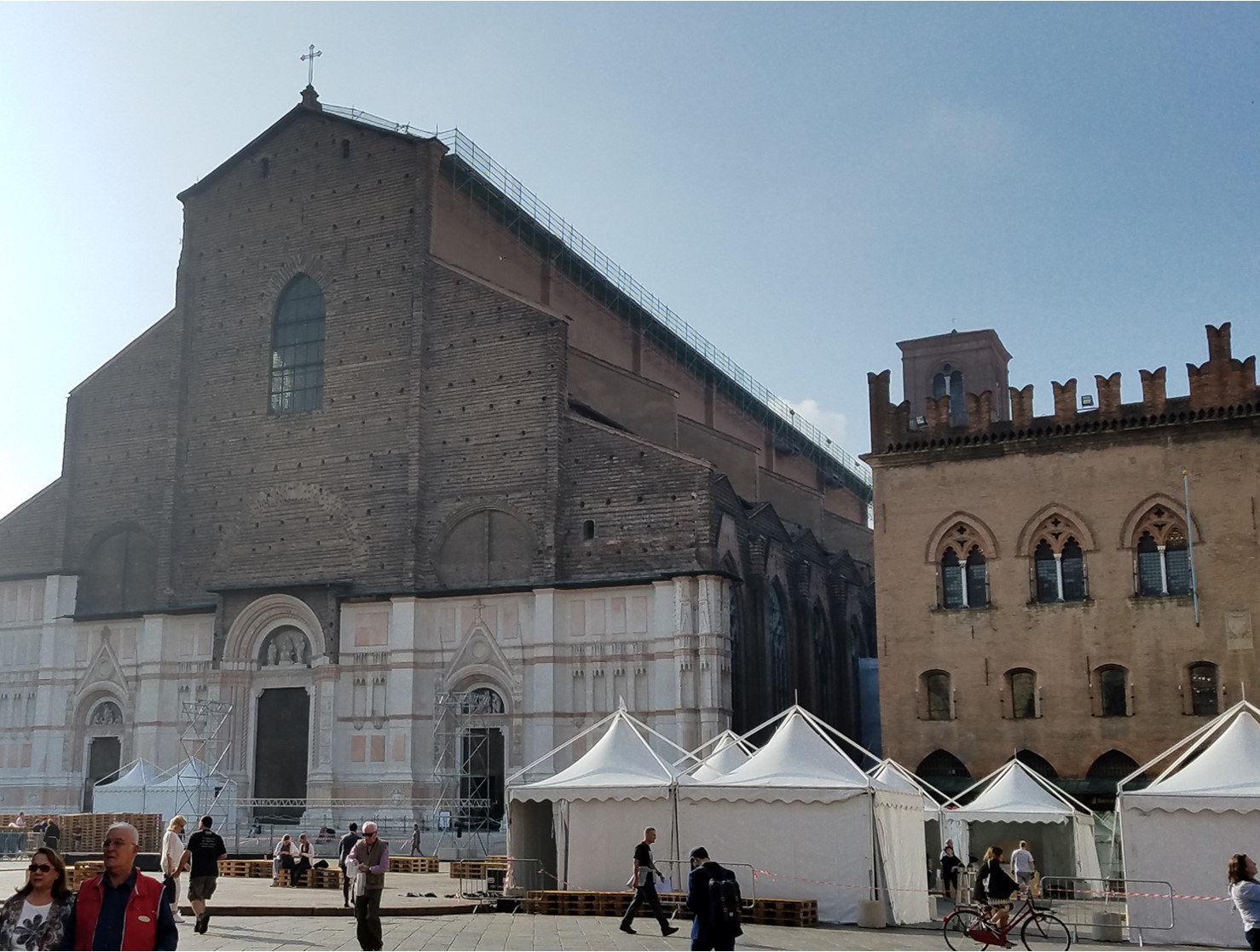
Facing the “Basilica di San Petronio” one finds the “Palazzo del Podestà”, a structure of the thirteenth century. The “Podestà” in Italy means the “great magistrate” of the town. Therefore, this palace was an integral part of Bologna Municipal government and City Hall. Between the 16th and 18th centuries, the palace was used as a theater. The “Palazzo del Podestà” is distinguished by its tower, known as the “Torre dell’Arengo”.
